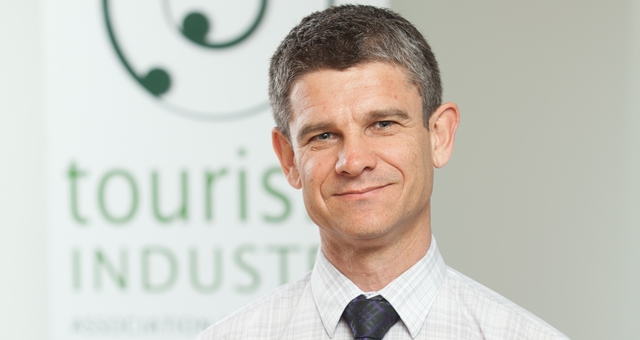Tourism Industry Aotearoa (TIA) says a new regional hotel analysis report released this week (May24) by New Zealand Trade and Enterprise (NZTE) should help attract investment in the hotel sector.
TIA was an important contributing partner to the work, providing data from its long-running survey of hotel members.
The analysis focuses on New Zealand’s five main visitor destinations – Auckland, Rotorua, Wellington, Christchurch and Queenstown.
These five centres currently have just over 20,000 hotel rooms. The report suggests that by 2025 they could absorb up to 9700 more rooms. However, the report predicts that, based on current plans, only 5174 additional rooms will be built.
TIA Chief Executive, Chris Roberts, says the report identifies opportunities for new investors.
“Looking at the current expected growth rate in hotel rooms over the next decade, it is estimated that an additional 4500 rooms could be absorbed by the market across the five centres,” he says.
“The biggest opportunities are in Auckland, which has an estimated shortfall of up to 1782 rooms, and Queenstown, with an estimated shortfall of up to 1421 rooms.”
The report also notes the danger of over-supply if too many hotels enter the market at the same time.
Roberts says the report, and the detailed supply and demand model that sits behind it, will assist the right investments to be made in the right places at the right time.
He says new hotel investment is needed to cater for growth in both international visitors and for New Zealand travellers.
“44% of those occupying hotel rooms are from overseas – the other 56% are New Zealand travellers. While markets like China and Australia are expected to grow strongly, the market that will have the biggest need for additional rooms over the next decade is actually the domestic market,” Roberts says.
With demand rising in the past two years, hotel room rates have been increasing, making New Zealand a more attractive investment option.
The new Tourism 2025 – Two Years On highlights the need for more investment in infrastructure to ensure New Zealand has the facilities needed for sustainable tourism growth, and to support the industry’s goal of growing total tourism revenue to $41 billion by 2025.
However, Roberts says it will remain challenging to attract investors.
“For example, Sydney’s hotel occupancy rate across the year is 88% and the average room rate is NZD$254. Auckland’s hotel occupancy rate has risen from the 70’s to 84%, but the average room rate is still only NZD$152,” he says.
“The ability to deliver additional hotels is heavily dependent on managing a number of constraints, including financial feasibility, site availability, resource and building costs, finance and timing delays.
“However, NZTE now has some robust information to make the case to investors here and overseas,” he says.


